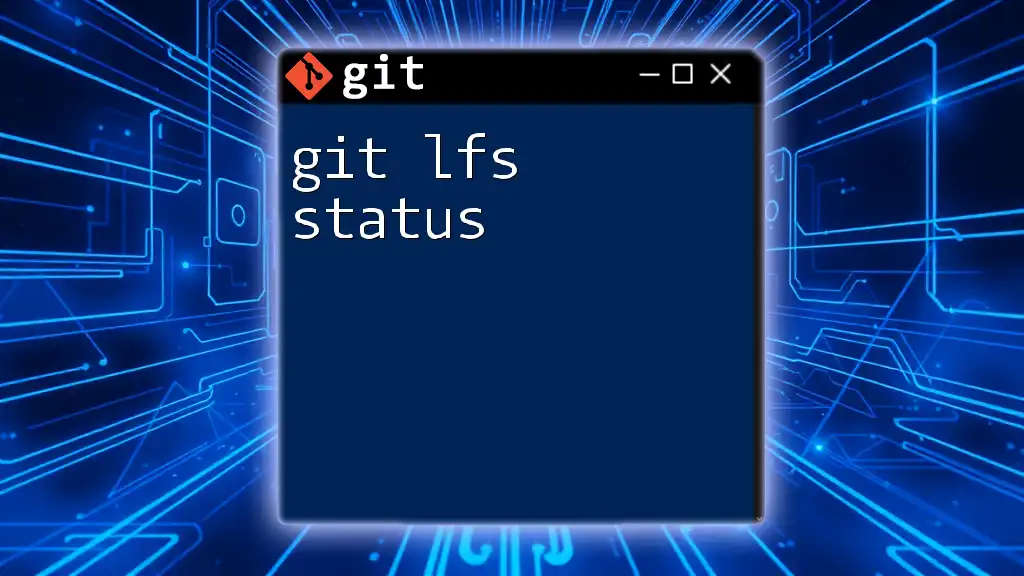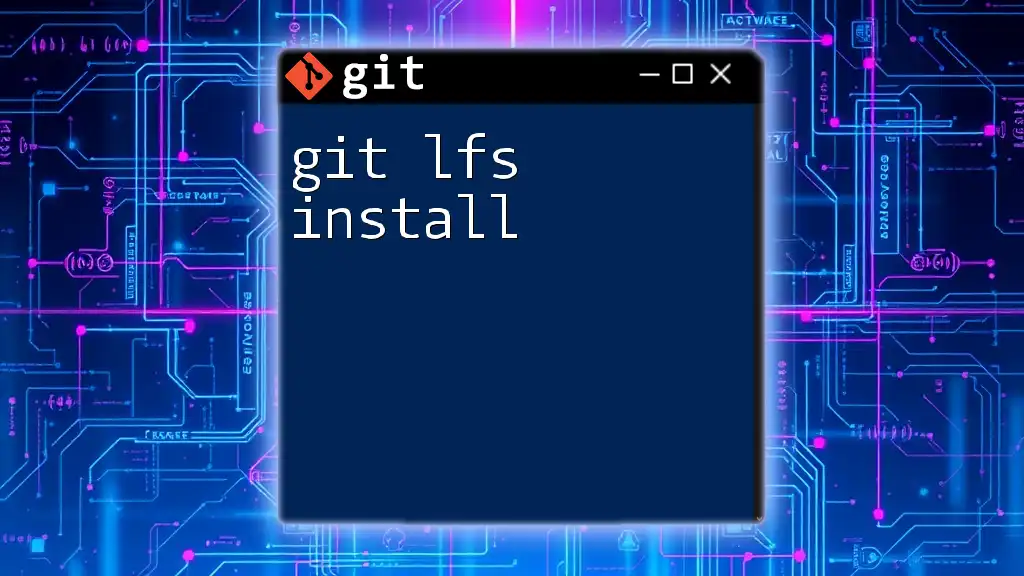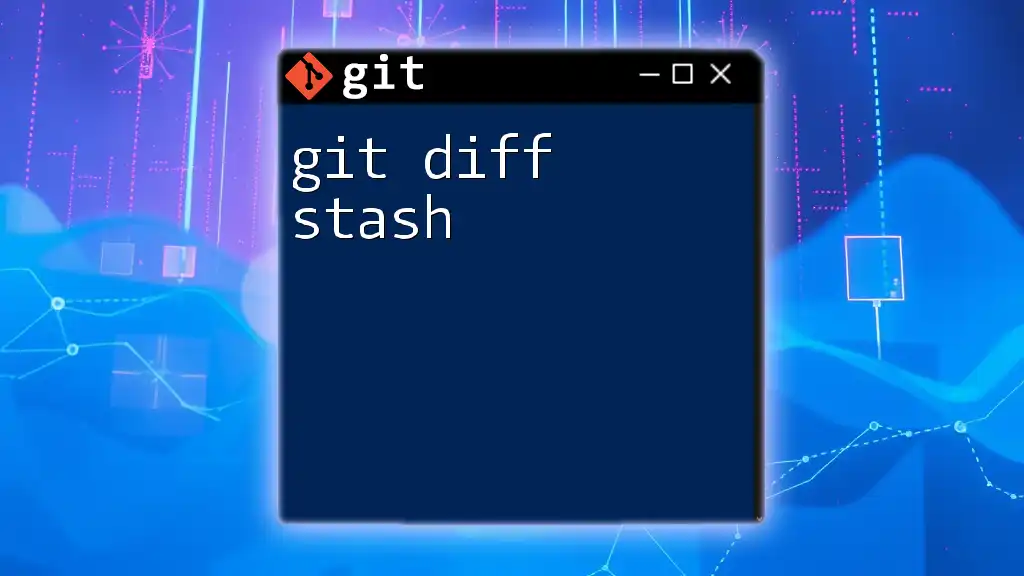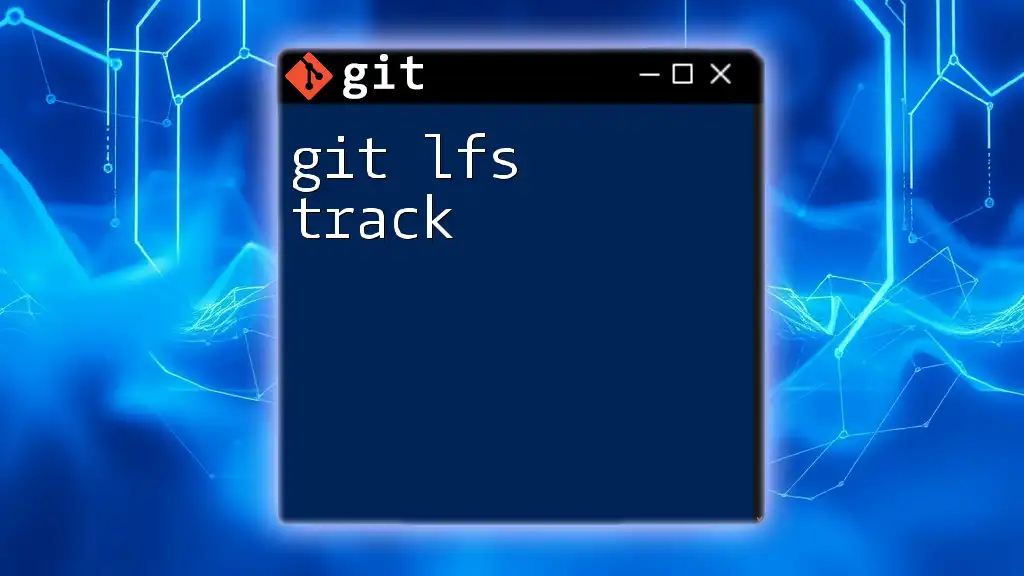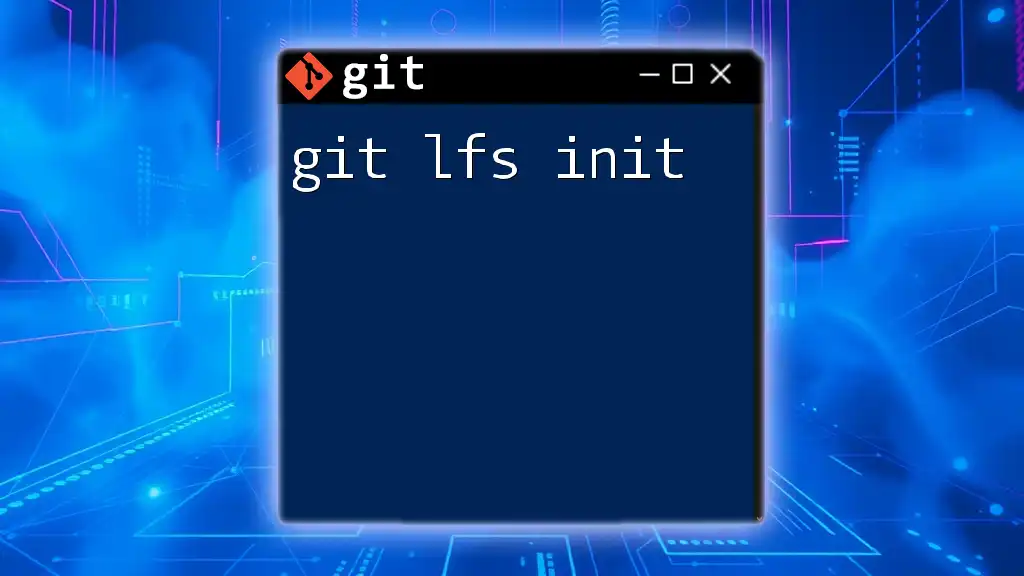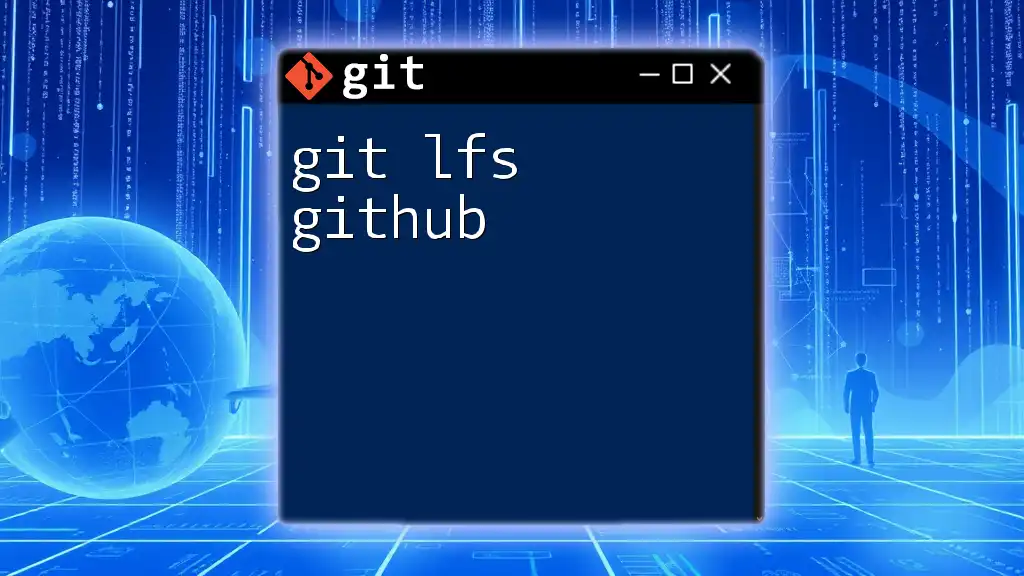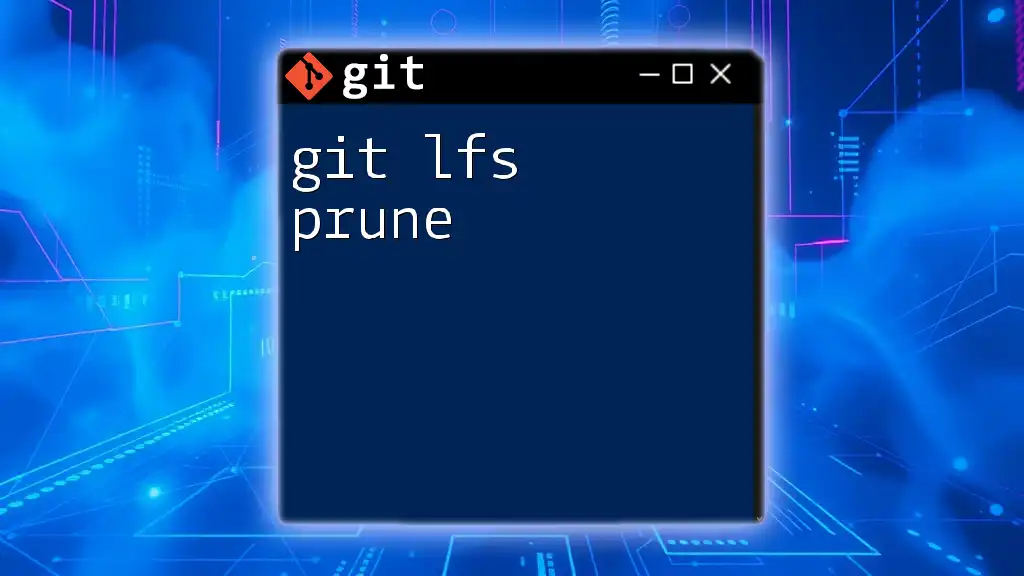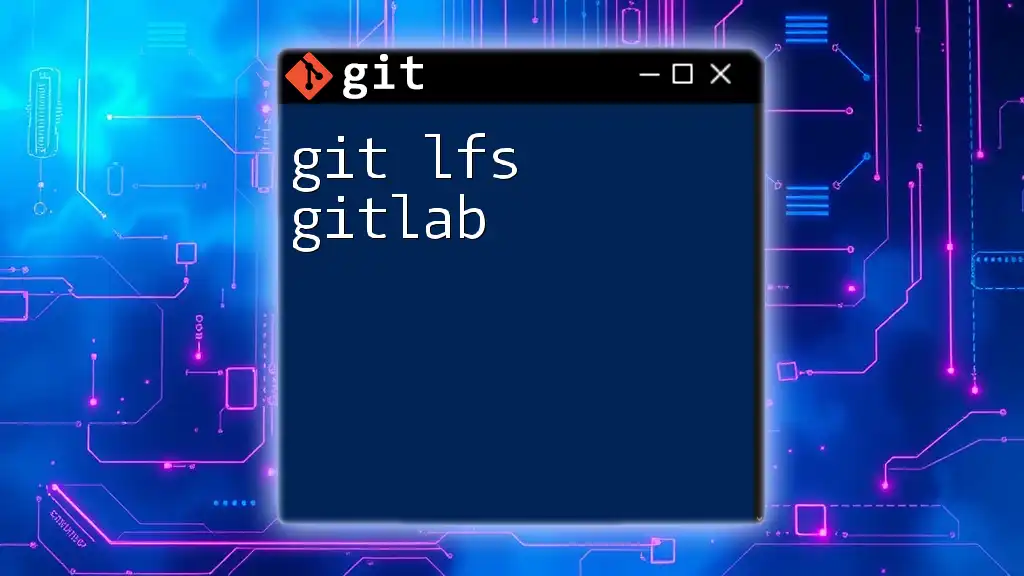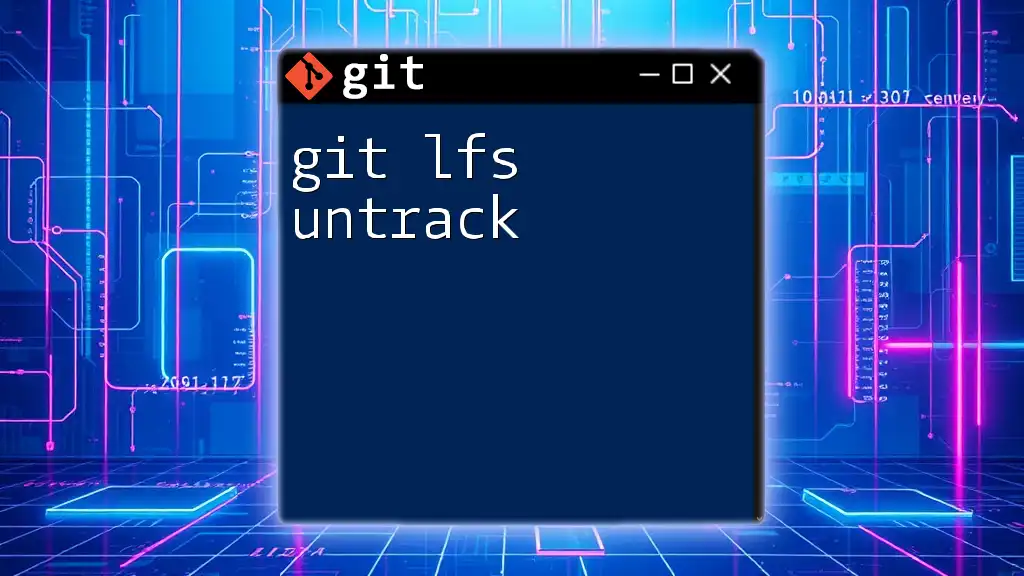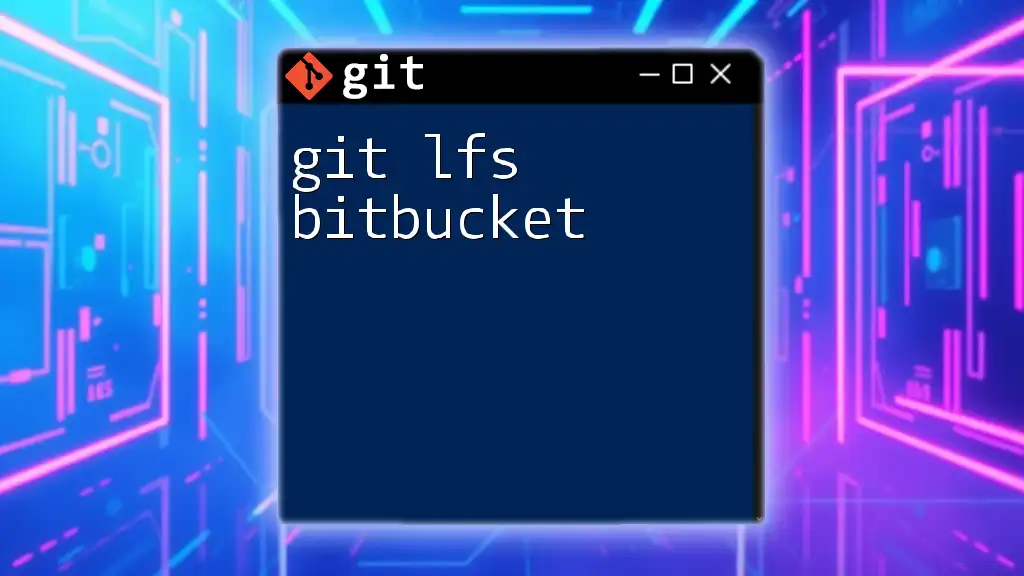The `git lfs status` command shows the current status of files tracked by Git Large File Storage (LFS), indicating which files are staged for commit, which are modified, and which are untracked.
git lfs status
What is Git LFS?
Git LFS stands for Git Large File Storage. It is an extension for Git that allows users to manage large files more efficiently, ensuring that these files do not bloat the repository size. When binary files or large assets are added to a Git repository, they can significantly increase the repository size and slow down Git operations. Git LFS mitigates this by replacing large files in your repository with lightweight references, pointing them to a separate server where the actual content is stored.
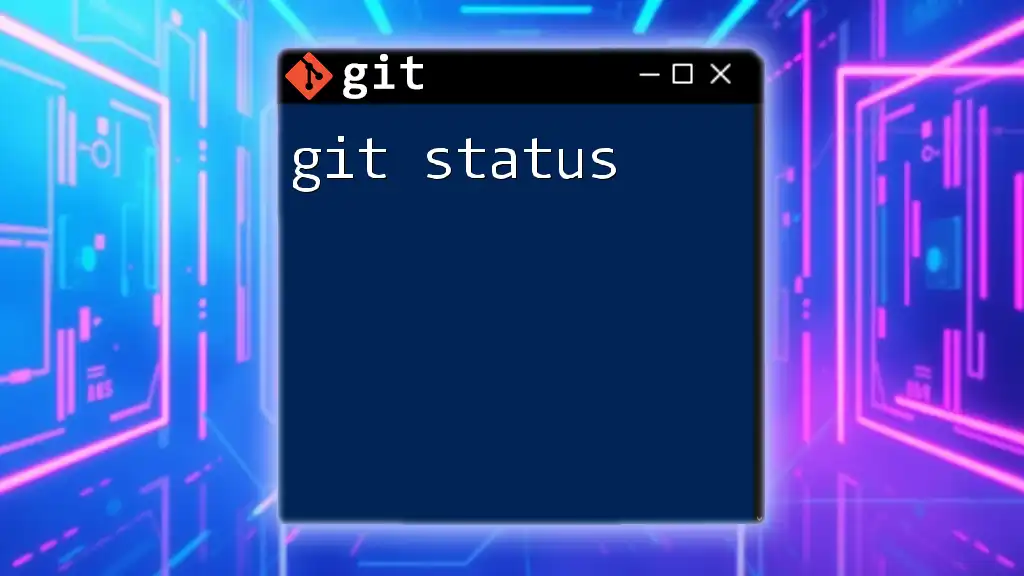
Understanding Git LFS Status Command
The `git lfs status` command is a useful tool in the Git LFS arsenal. It provides information about the state of files tracked by Git LFS in your working directory, allowing you to identify what needs to be committed, pushed, or otherwise managed. This command can be instrumental in streamlining your workflow, particularly in a collaborative environment where multiple users work with large binaries.

How to Install Git LFS
Before you can use the `git lfs status` command, you need to have Git LFS installed. Here’s how you can do it on various operating systems:
Windows
- Download the installer from the [Git LFS releases page](https://git-lfs.github.com/).
- Run the installer and follow the prompts.
- Verify installation by opening a command prompt and entering:
git lfs install
macOS
- You can install Git LFS via Homebrew. Open your terminal and run:
brew install git-lfs - After installation, verify it by running:
git lfs install
Linux
- On Debian-based systems, you can use:
sudo apt-get install git-lfs - For RPM-based distributions:
sudo yum install git-lfs - Don't forget to run the initialization:
git lfs install
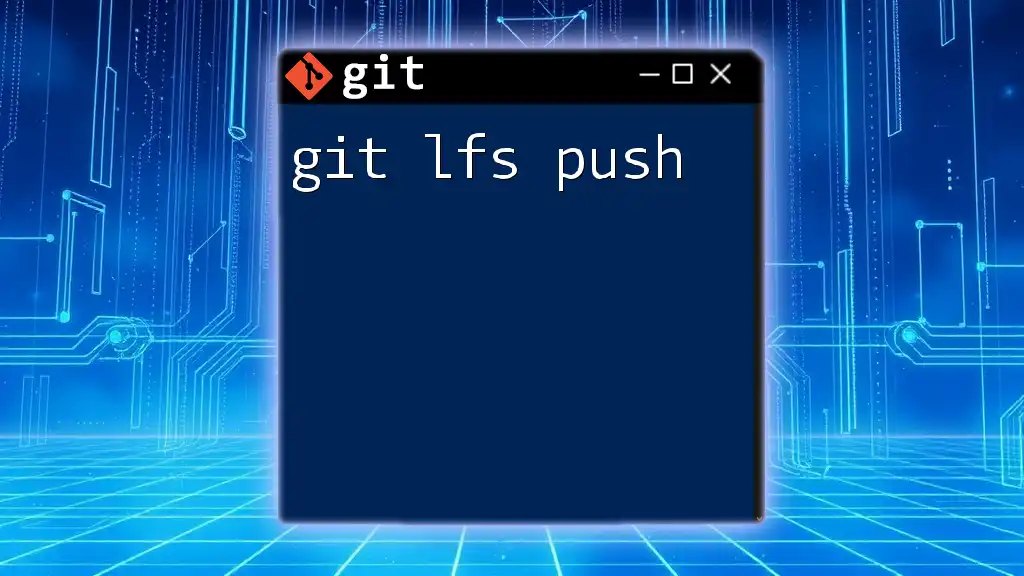
Basic Usage of `git lfs status`
How to Use the `git lfs status` Command
The `git lfs status` command is incredibly straightforward to use. Simply navigate to your Git repository in the terminal and issue the command. The syntax is as follows:
git lfs status
Common Use Case Scenarios
Using the `git lfs status` command every so often can help you monitor your LFS-controlled files. It is especially useful before committing any changes or pushing to a remote repository, as it gives you an up-to-date snapshot of the state of your tracked files.
Example of `git lfs status` Command
After running `git lfs status`, you might see an output similar to this:
On branch main
You have uncommitted changes in the following files:
modified: path/to/largefile.zip (LFS: 2.4 MB)
You are about to push 1 LFS objects:
path/to/largefile.zip
In this example, the command has indicated that there is a modified large file that has not yet been committed, along with details about its size and state.

Understanding Command Output
Interpreting the output of `git lfs status` is crucial for effective file management. Here’s what to look for:
- Tracked Files: These are files currently being managed by Git LFS. They will show up in your output noted as tracked.
- Untracked Files: Files that are not tracked by LFS will not be listed, or will be explicitly marked.
- Modified Files: Any changes to files that are already tracked by Git LFS will be highlighted, indicating they have been modified since the last commit.
Common Output Scenarios
-
All files healthy and tracked: You may see a clean status indicating that everything is in order.
-
Missing files: If a file that was tracked is missing (either deleted or not pushed), the command will indicate that as well.
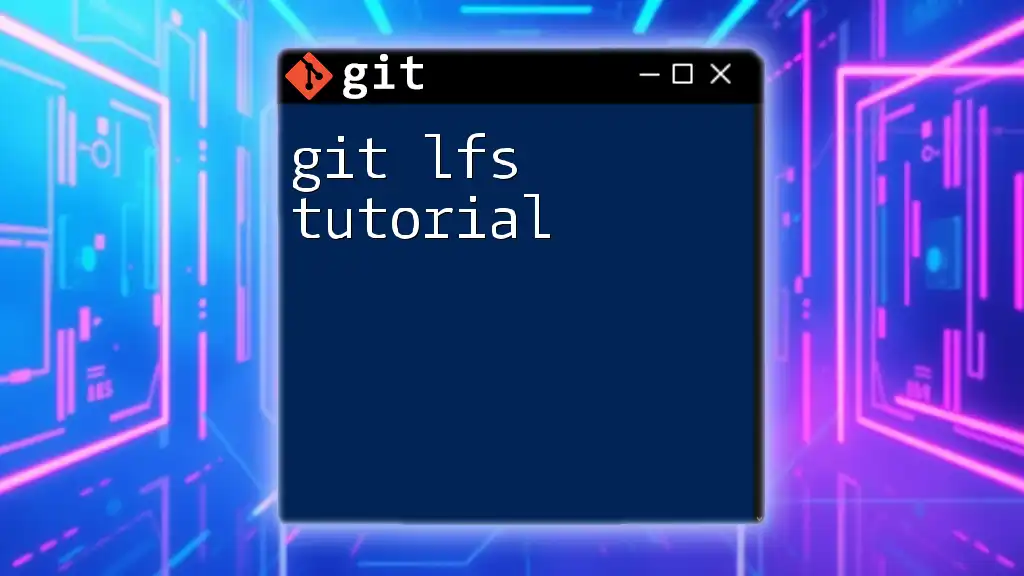
Working with LFS Tracked Files
Adding Files to Git LFS
To manage large files with Git LFS, you need to specify which files to track. You do this using the `git lfs track` command. It’s best practice to use glob patterns to specify file types. For example, if you want to track all Photoshop files:
git lfs track "*.psd"
This command creates or updates the `.gitattributes` file in your repository, enabling LFS for those file types.
Keeping Your LFS Files Updated
Integration with LFS is seamless once it’s set up. However, it’s crucial to remember that when you commit and push changes, you must manage LFS appropriately. Always use `git add` and `git commit` commands for new or modified files before pushing your changes.
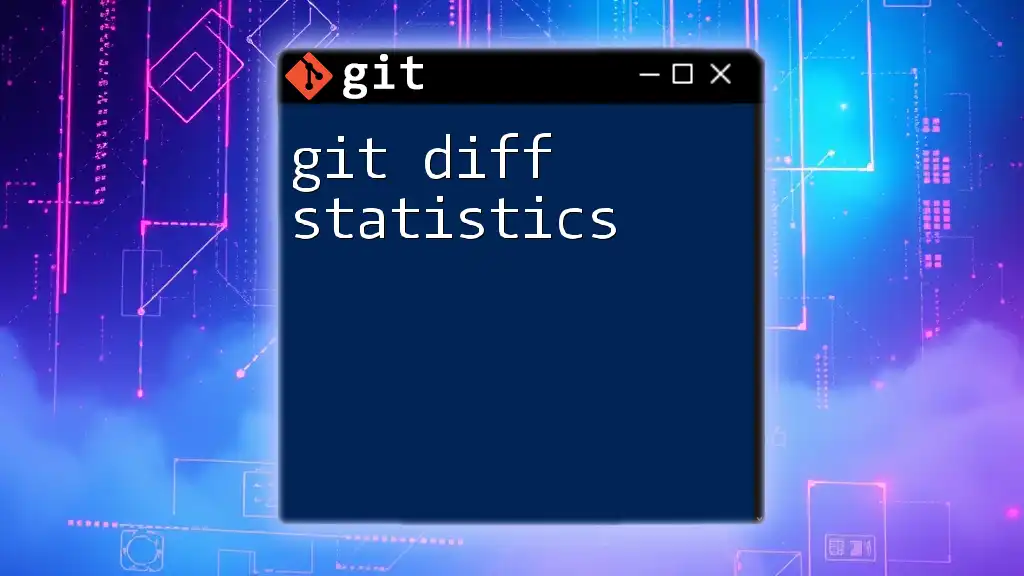
Troubleshooting Common Issues
Issues Encountered with `git lfs status`
-
Missing LFS objects on remote: If you see warnings about missing objects, it means files are not available on the remote server. Run:
git lfs push --all -
Misconfigured `.gitattributes`: If you have not correctly configured `.gitattributes`, files may not be tracked properly. Check its contents to ensure the desired file patterns are included.
How to Solve Common Problems
-
Checking LFS configuration: If you suspect issues with LFS setup, run the following to confirm everything is configured properly:
git lfs env -
Inspecting your Git LFS logs: This can provide insight into any underlying issues:
git lfs logs last
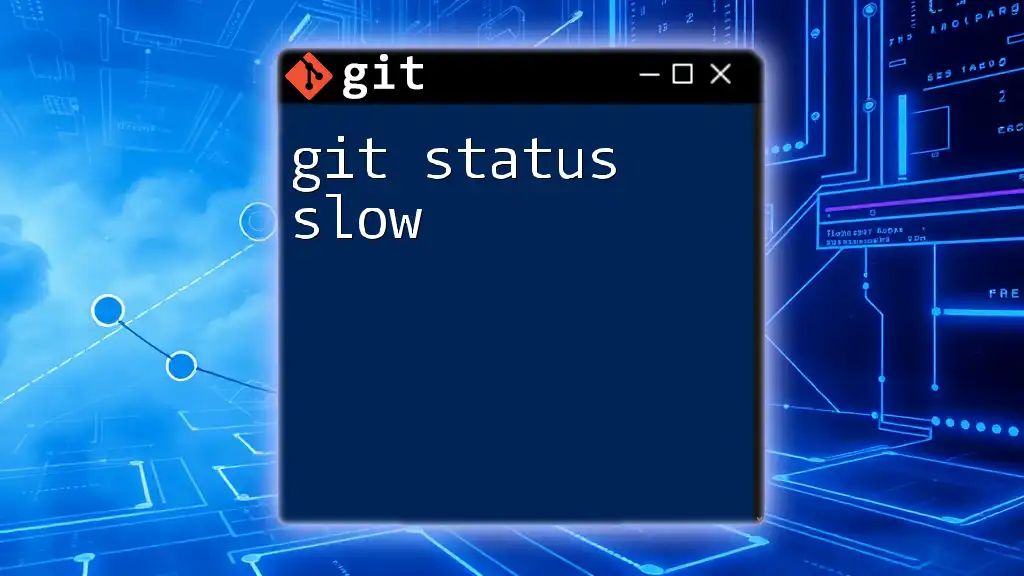
Best Practices for Using Git LFS
Managing Your LFS Storage
As your usage of Git LFS grows, it is wise to keep an eye on your storage limits, particularly if you’re using a cloud service. Here are a few tips:
- Regularly check your LFS storage usage to ensure you don’t hit quota limits.
- Remove unnecessary large files using `git lfs rm <file>`, followed by `git commit`, if you no longer need them.
Version Control Tips
- When deciding whether to use Git LFS or standard Git, consider the file size and frequency of changes. Large, binary files that aren't frequently changed benefit greatly from Git LFS.

Conclusion
In summary, git lfs status is a crucial command that brings clarity to your handling of large files in Git. It enables developers to maintain an organized workflow while keeping repository sizes manageable. By integrating Git LFS into your development practices, you can significantly improve collaboration and efficiency, especially in projects that involve large assets.
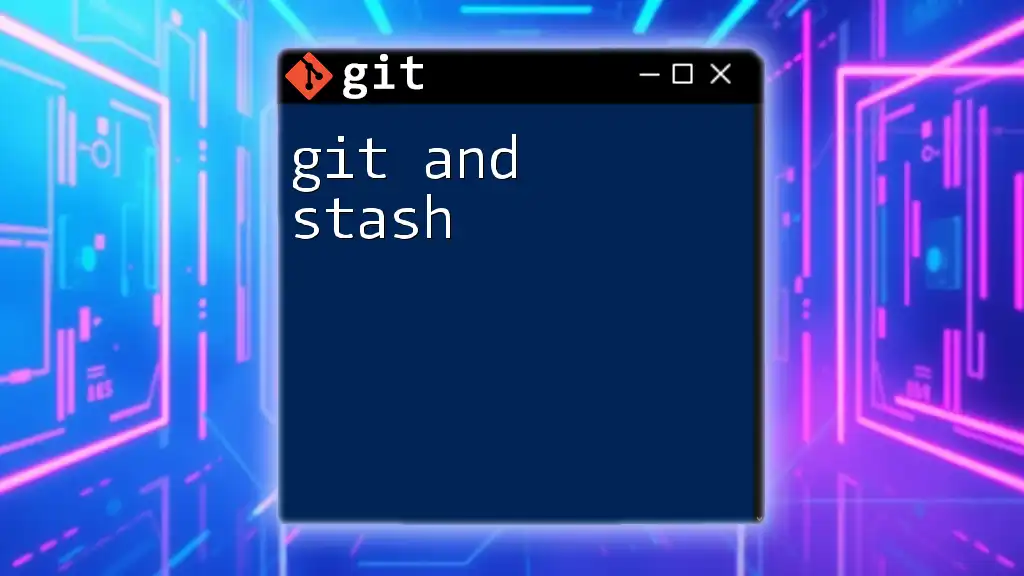
Additional Resources
For further learning about Git and Git LFS, check out the following resources:
- [Git LFS Official Documentation](https://git-lfs.github.com/)
- Online courses and tutorials that delve deeper into Git and version control best practices.
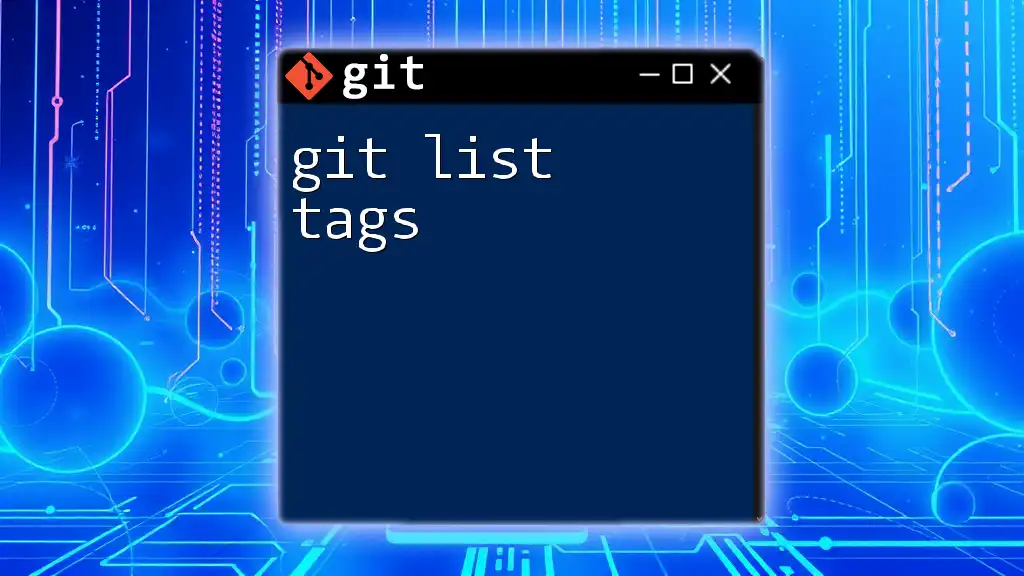
Call to Action
Now that you understand the power and usage of `git lfs status`, don’t hesitate to start integrating Git LFS into your projects. Explore its capabilities, and feel free to comment below with any questions or experiences you’d like to share. Happy coding!

